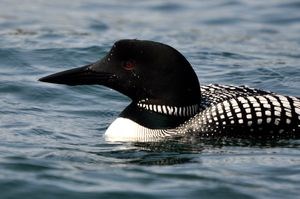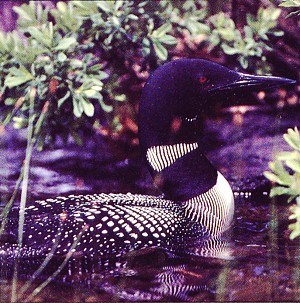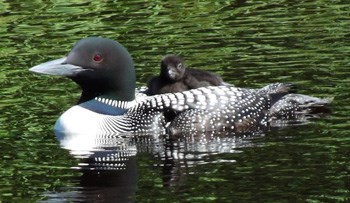
NPS/ Paul Brown 
NPS Common Loon Characteristics

NPS Loon Breeding and Young
PopulationIsle Royale's loon population is unique in North America by having breeding territories on Great Lake shorelines, while also having pairs nest on interior lakes. The Isle Royale Common Loon survey has been ongoing for 35 years to observe the park’s loon population and breeding success within both habitats. In 2019, surveyors identified a minimum of 126 breeding territories containing 201 adults and 50 young in total. This represented a slightly lower number of adults than the long-term average of 220 individuals, while 50 chicks was among the highest counts recorded. Where Can You View Loons?Loons can be seen throughout Isle Royale, floating on any body of water that is deep enough to hunt for fish. In later summer, loons can be found in quiet, protected bays with young chicks.Things to do to help loons:
|
Last updated: March 22, 2022
